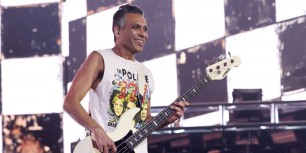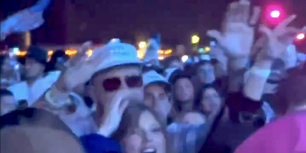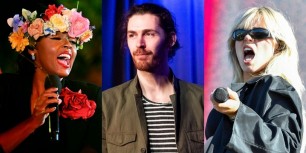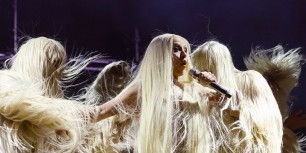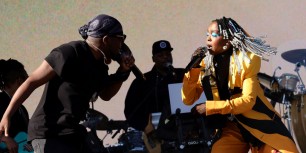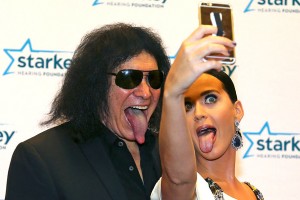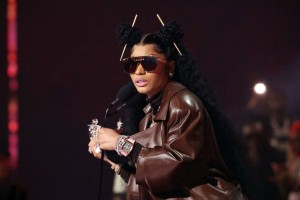Happy Saint Patrick's Day, Music Times readers! In honor of this festive holiday, check out these fun facts about Irish performance and folk tradition. Enjoy!
- The top five biggest selling Irish actos of all time are U2, Enya, Van Morrison, The Cranberries, and Westlife.
- A céilidh (pronounced "kay-lee") is a traditional Irish or Scottish social gathering that generally involves Gaelic music and dancing.
- In modern Irish, the fiddle is called fidil or veidhlín.
- Queen Elizabeth was very fond of Harp music and always kept the famous Irish harpist Donogh in her court.
- The conservation of music is so important to the people of Ireland, an Irish harp is pictured on their euro coins. It's also the only country to have a musical instrument as their national emblem.
- Because it's inexpensive (like the soprano recorder in America), most Irish schoolchildren learn the simple basics of the tin whistle, which was first produced by the Clarke Company in Manchester, England.
- The Celtic Triangular Harp was known as the instrument of the Bards and was typically used to accompany the reciting of poetry.
- The four-string tenor banjo actually originated when African slaves traveled to America, but found it's way back to Ireland with the return of emigrants. The instrument is now fully accepted in Irish folk music.
- Although the beloved tune "Danny Boy" was penned by an Englishman in 1913, it was originally based on the very old Irish melody "Londonderry Air."
- The body of a fiddle is made of about seventy wooden components and the bow is wound with horse hair.
- Shakespeare refers to eleven Irish tunes including the famous "Callino Casturame."
- Lilting is a form of traditional Gaelic singing in which rhythm and tone dominate and the words are nonsensical. Therefore, it closely resembles scat music.
Get even more interesting info over at SoundScapingSource, The Emerald Isle, and OUPblog. Enjoy!
